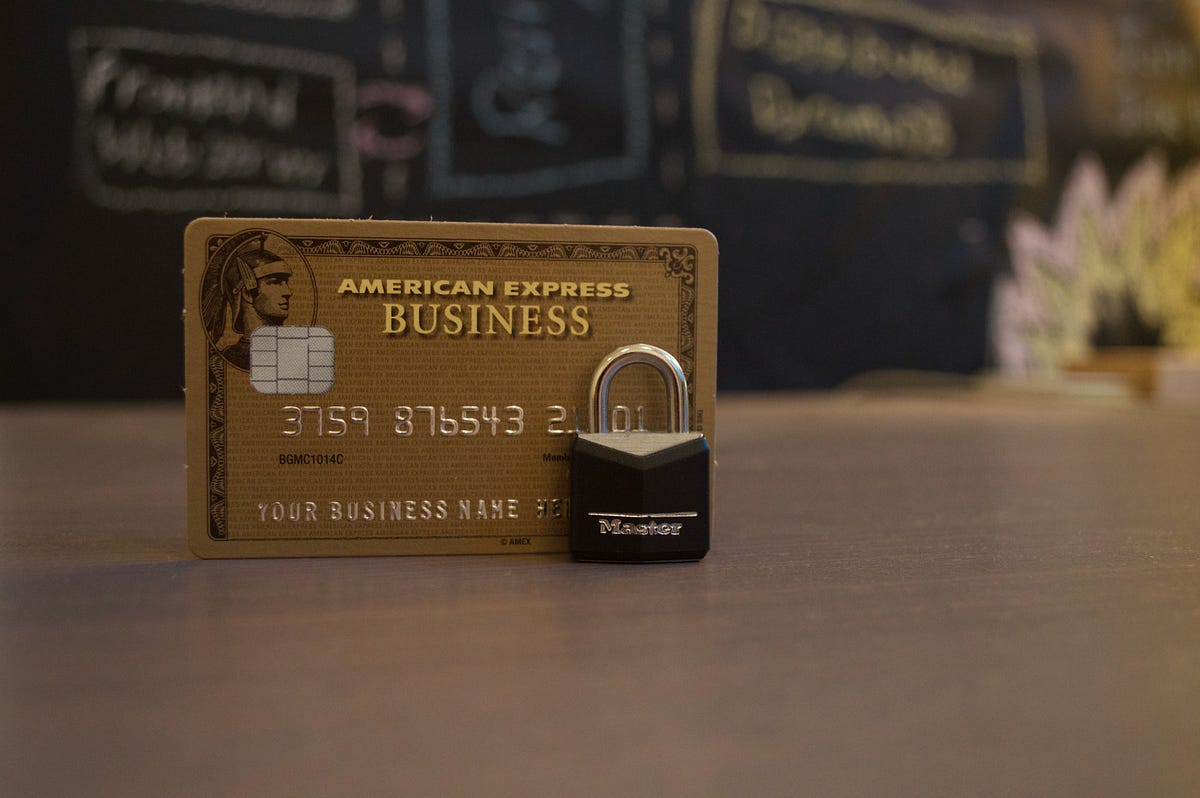One of the greatest concerns of many business owners is how to protect their company from fraudulent activity. This concern motivated large companies to save data relative to their past frauds, however, whoever performs a fraud aims not to be caught then this kind of data usually is unlabeled or partially labeled.
On this article, we will talk about how to discover frauds on a credit card transaction dataset, unlike most fraud datasets this dataset is completely labeled however, we won’t use the label to discover frauds. Credit card fraud is when someone uses another person’s credit card or account information to make unauthorized purchases or access funds through cash advances. Credit card fraud doesn’t just happen online; it happens in brick-and-mortar stores, too. As a business owner, you can avoid serious headaches — and unwanted publicity — by recognizing potentially fraudulent use of credit cards in your payment environment.
One of the most common approach to find fraudulent transactions was randomly select some transactions and ask and auditor to audit it. This approach was quite unaccurate since the relation between the number of fraudulent transactions and normal transactions is close to 0.1%.
Then, we aim to leverage machine learning to detect and prevent frauds and make fraud fighters more efficient and effective. Commonly, there are the supervised and the unsupervised approach:

Also, these models can then be deployed to automatically identify new instances/cases of known fraud patterns/types in the future. Ideally the validation of this type of machine learning algorith sometimes need to be a temporal validation since fraud patterns can change over time, however to simplify this article, the validation will be simplified.
The dataset
The project uses a dataset of around 284000 credit card transactions which have been taken from Kaggle.
Credit Card Fraud Detection
The dataset is highly unbalanced, the positive class (frauds) account for 0.172% of all transactions. It contains only numerical input variables which are the result of a PCA transformation. Unfortunately, due to confidentiality issues, the original features and more background information about the data are not provided. Features V1, V2, …, V28 are the principal components obtained with PCA, the only features which have not been transformed with PCA are “Time” and “Amount”, and there are no null values (Dataset page).
Since just the “Time” and “Amount” features are easely intepreted, we can use some visualizations to see the impact of the features on the target variable (fraud). First, frauds happen more on small transactions or big ones?
#anomaly-detection #deep-learning #fraud #artificial-intelligence #machine-learning #deep learning
